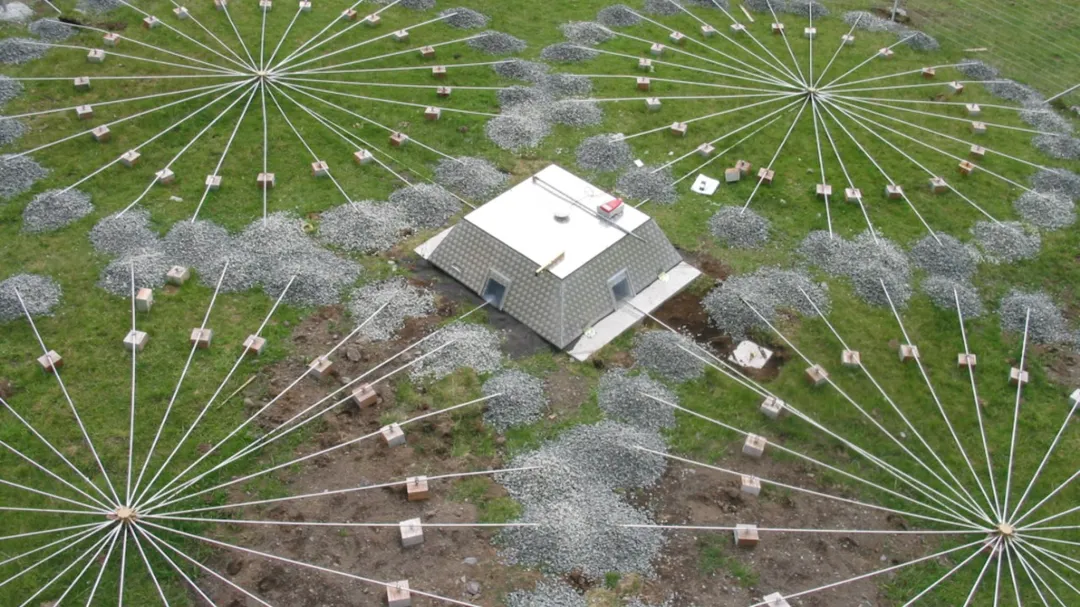
Silent Sentinels: How Infrasound Tech Tracks Space Junk Falling to Earth
Invisible sound waves, often associated with detecting nuclear blasts, are now helping scientists monitor a growing threat: space debris. These ultra-sensitive sensors are revealing new insights into the trajectory and behavior of objects plummeting from the cosmos, offering a crucial layer of defense for our planet.
For decades, the Comprehensive Nuclear-Test-Ban Treaty Organization (CTBTO) has maintained a global network of infrasound detectors. Originally designed to pick up the low-frequency rumbles of underground nuclear explosions, these detectors are surprisingly adept at capturing the sounds of meteorites and space junk disintegrating in Earth's atmosphere. Elizabeth Silber, a scientist at Sandia National Laboratories, highlights the unique advantage: "The advantage of using the regional and global infrasound sensor network…is that it provides truly worldwide coverage operating continuously day and night and in all weather conditions."

Silber's research, presented at the General Assembly of the European Geosciences Union in April, delves into the nuances of using infrasound for tracking. The accuracy of trajectory reconstruction depends significantly on the angle at which an object enters the atmosphere. According to the study objects entering at steep angles (60 degrees or more) are easier to track because they release energy in short sections, making them appear as point-explosion. Objects entering at shallow angles are more challenging, creating "confusing data" for sensors because the signals come from different segments of its long trajectory.
This is where combining data from multiple sources becomes vital. While traditional optical telescopes excel at capturing the streaking light of shallow-angle entries, they are often limited in their geographical reach, especially over remote oceans – the very places where much space junk ends up.

The volume of space debris orbiting Earth is a growing concern. NASA estimates there are approximately 21,000 pieces of debris larger than 10 cm in size. Even small fragments traveling at tremendous speeds can inflict significant damage on spacecraft, as NASA has illustrated. By combining infrasound data with geometric analysis and atmospheric models, scientists can better predict where debris will fall, aiding in response planning and minimizing potential hazards.
The ability to accurately track space junk, whether natural or man-made, hinges on understanding the “song” it creates as it burns up in the atmosphere. As Silber suggests, interpreting infrasound data requires considering the entire geometric profile of the object's entry. This holistic approach not only enhances our understanding of the sky but also empowers us to protect ourselves from its surprises.
While infrasound detection may not provide real-time warnings of impending impacts, it plays a crucial role in characterizing events, assessing potential consequences, and guiding response and recovery efforts. What other untapped technologies could be repurposed to mitigate the growing threat of space debris? Share your thoughts in the comments below.